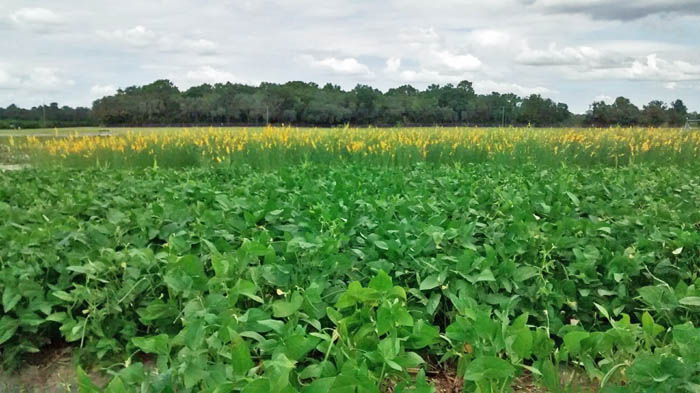
Nitrogen credits from late summer cover crops at the Plant Science Research and Education Unit in Citra, FL 2016. Photo: Arun Jani
Arun Jani, and Michael Mulvaney, UF/IFAS West Florida Research and Education Center
Integrating summer cover crops into rotations
Corn harvest is around the corner. What will you do with the land after harvest? You can leave it fallow, or you can plant late summer cover crop to provide benefits for future crops including higher soil nitrogen (N) content, lower nematode populations, enhanced weed suppression, and improved soil structure.
It is generally not economical for Panhandle farmers to plant full-season summer cover crops, since it would displace cash crops like peanut, cotton, and corn. Researchers at the University of Florida have been investigating ways to integrate summer cover crops into existing cropping systems without sacrificing cash crop production. Planting rapidly growing tropical legumes including sunn hemp (Crotalaria juncea L.) and cowpea (Vigna unguiculata L.) after corn harvest in August is one promising strategy that is currently being investigated.
Since corn is harvested in August in North Florida, it is possible to plant short-duration legume cover crops to replenish soil N supplies depleted by the corn crop. In 2015, a research trial was established to evaluate the use of cowpea and sunn hemp as late-summer cover crops planted after corn. These cover crops were planted into corn residue under rain-fed conditions in a small observational study. Although rainfall was limited, cowpea and sunn hemp thrived and produced 5,000 lbs/ac and 7,000 lbs/ac of biomass, respectively, in just 60 days (Figure 1a and 1b).
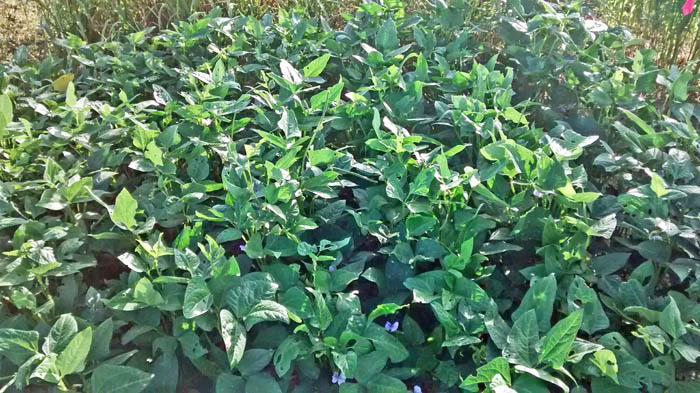
Figure 1a. Cowpea grown for 60 days (August 22 to October 22, 2015) at the West Florida Research and Education Center in Jay, FL.
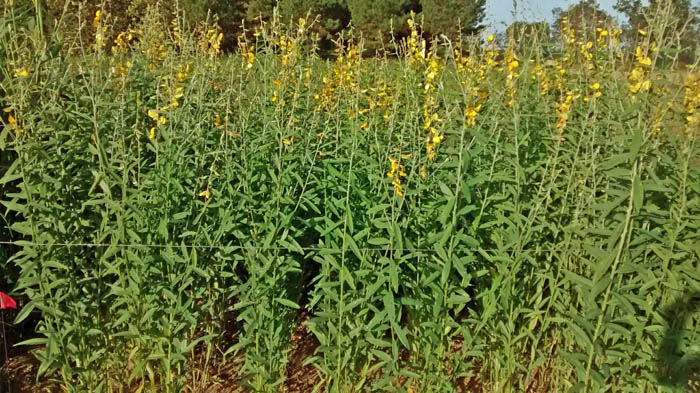
Figure 1b. Sunn hemp grown for 60 days (August 22 to October 22, 2015) at the West Florida Research and Education Center in Jay, FL.
Cover crop establishment
It is important that cover crops be planted into a weed-free field to ensure successful establishment. This is especially true for sunn hemp, which has slower initial growth compared to cowpea. After corn harvest, Roundup® was applied to a field of standing corn stalks. Four days after application, corn stalks were bush-hogged. Roundup® (glyphosate) should be applied before mowing since mowed stalks cover some of the weeds and reduce herbicide contact. After mowing, cowpea and sunn hemp were drilled into residue at 45 lbs/ac and 35 lbs/ac, respectively (Figure 2).
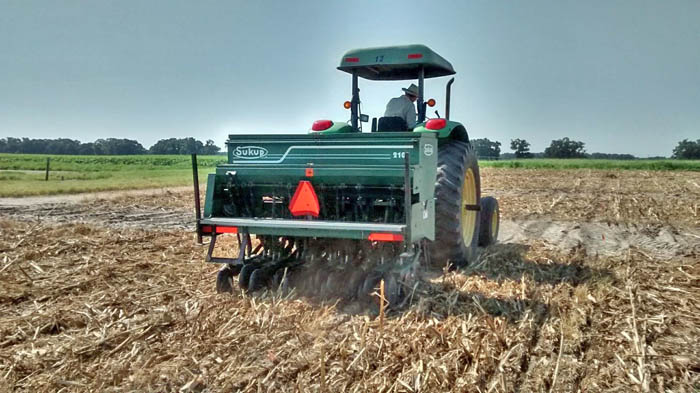
Figure 2. Planting cowpea and sunn hemp into corn residues at PSREU in Citra, FL in August 2016. Photo: Arun Jani
Cover crop performance and termination
Biomass and nitrogen (N) accumulation by cover crops was determined in late-October, approximately 60 days after planting. Cover crops produced 3,062 – 4,000 lbs biomass/ac and 70 – 114 lbs N/ac (Figure 3). Sunn hemp produced greater biomass and N than cowpea at Jay, but not at Citra. It is important to remember that cover crop N is expected to be gradually available to the next crop as residues decompose.
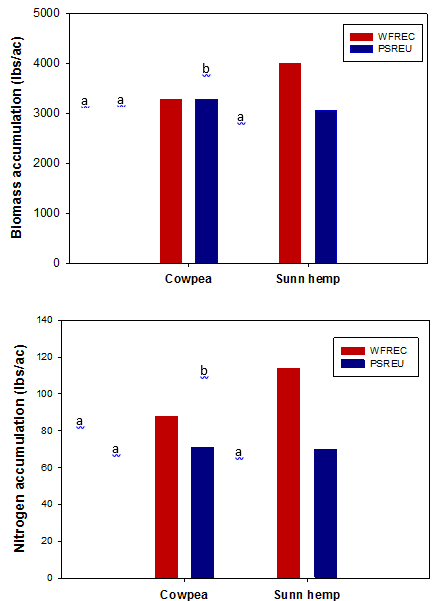
Figure 3. Biomass and N accumulation from late-summer planted cowpea and sunn hemp at Jay (WFREC) and Citra (PSREU) approximately 60 days after planting.
Cover crops should be killed before they produce viable seed to avoid weed problems in future cash crops. Sunn hemp will generally not produce viable seed when planted in North Florida in late-summer. However, cowpea can produce seed in only two months and can become a weed problem if not monitored closely. Cover crops were burned down in late-October with Roundup at 2 qt/ac. These trials are part of a larger study in which cover crop N credits to a subsequent wheat cash crop will be determined. Wheat was drilled into cover crop residues in November 2016 (Figure 4) and recently harvested. Once N credits have been determined, this information will be made available.
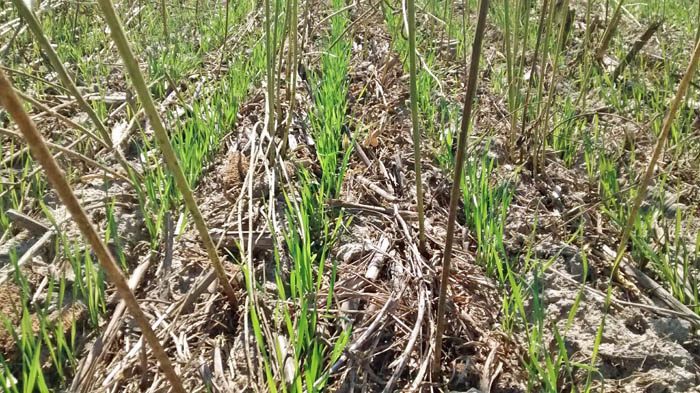
Figure 4. Wheat drilled into standing sunn hemp residues at PSREU in December 2016. Photo: Arun Jani
Summary
It is difficult to integrate full season summer cover crops into row crop production systems in North Florida, since they prevent cultivation of cash crops. However, trials in North Florida show that cowpea and sunn hemp can be drilled into corn stubble in late-summer and produce 70-114 lb N/ac after only 60 days of growth. Use of herbicides during cover crop establishment and timely termination are important management considerations that must be followed. Cover crop planting costs can be high ($60/ac for sunn hemp and $35/ac for cowpea) though reducing seeding rates may lower costs. Once cover crop N credits have been determined, we will know how much N can be saved when fertilizing subsequent crops.
For more information on sunn hemp and cowpea, use the following links to NRCS publications:
NRCS Plant Guide – Cowpea
NRCS Plant Guide – Sun Hemp
- Four Early-Season Lessons from 2020 Peanut Production - April 9, 2021
- Sprayer Calibration Tables – Calibration Made Easy - October 30, 2020
- Stand Issues – Should You Replant Your Peanut Field? - May 15, 2020
